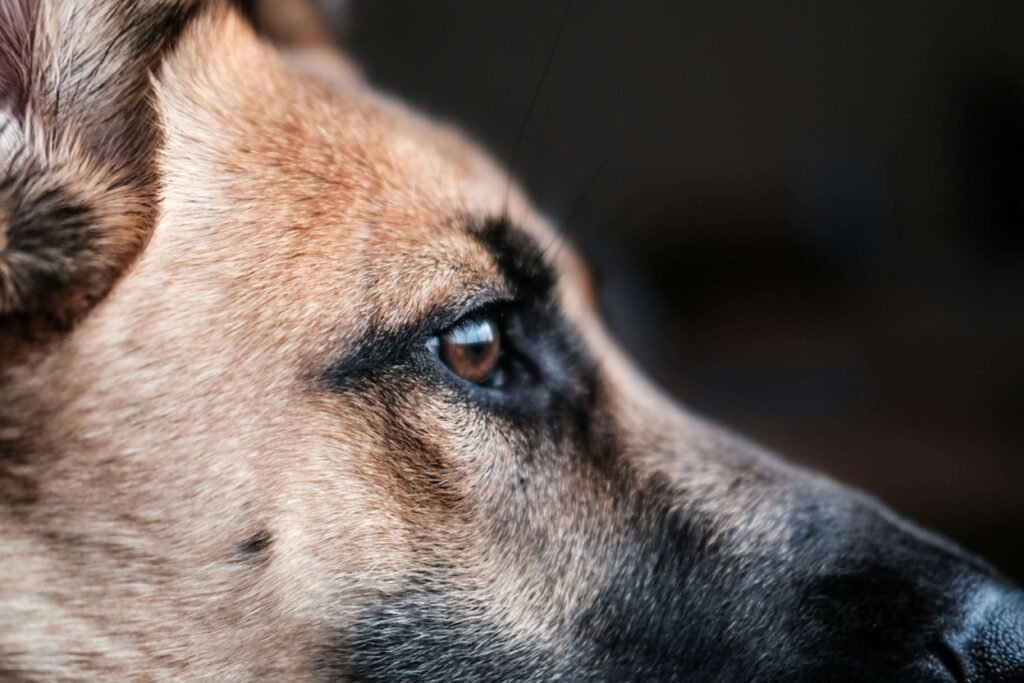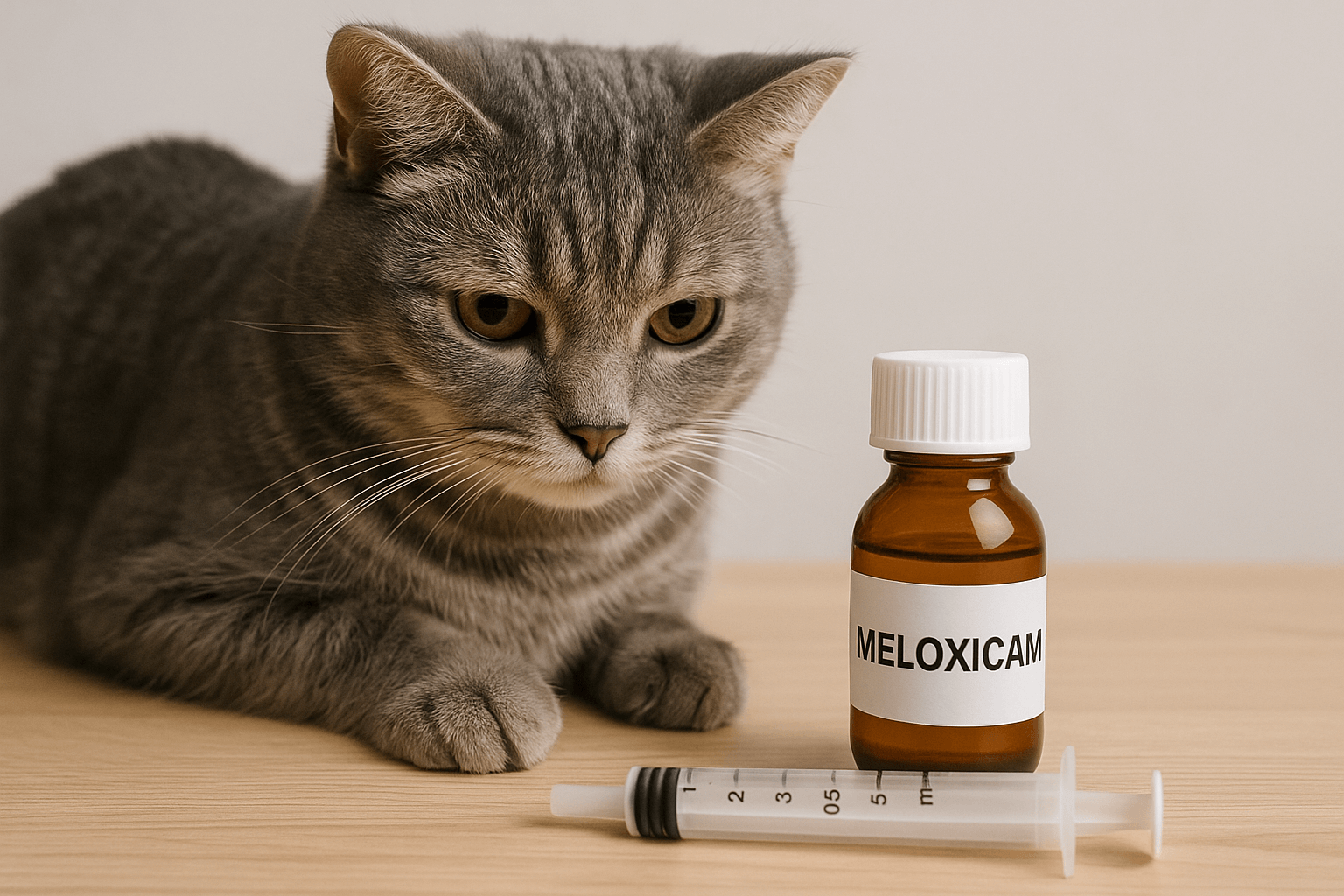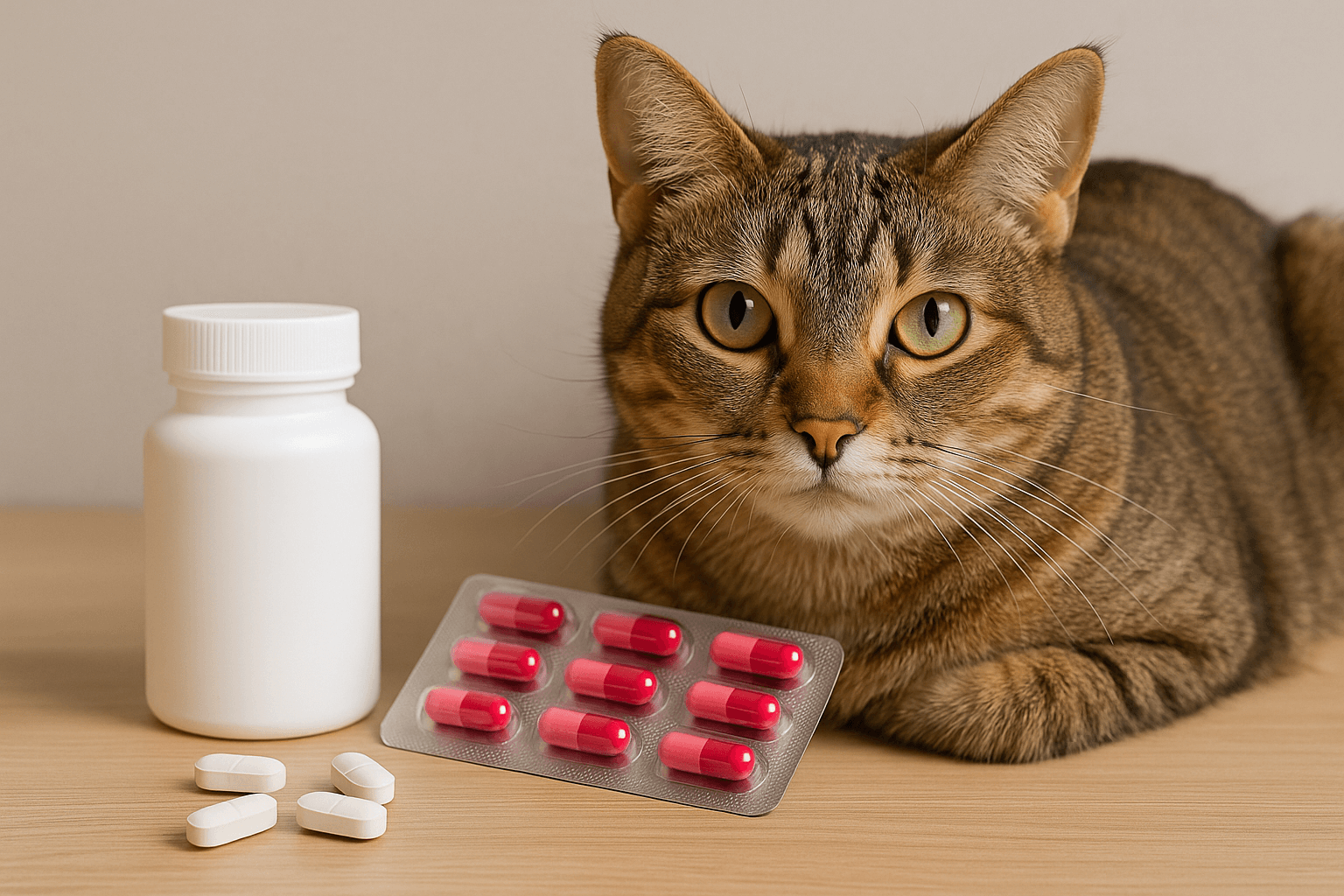The Unsung Heroes of the Farm: Livestock Guardian Dogs
When it comes to protecting livestock from predators, few solutions are as effective and time-tested as livestock guardian dogs. These remarkable canines have been bred for centuries to safeguard herds and flocks, blending instinct, loyalty, and intelligence into their work. Whether you’re a seasoned farmer or someone curious about rural life, understanding the role of these dogs can deepen your appreciation for the harmony between humans and animals. In this post, we’ll explore what makes livestock guardian dogs so special, their benefits, challenges, and how they fit into modern farming practices.
What Are Livestock Guardian Dogs? A Quick Overview
Livestock guardian dogs (LGDs) are a unique category of working dogs specifically bred to protect livestock from predators. Unlike herding dogs, which guide animals, LGDs live alongside their charges and act as a deterrent to threats like wolves, coyotes, and even human intruders. Here’s a breakdown of their defining traits:
- Instinctual Protectors : LGDs are born with a natural instinct to guard their flock or herd.
- Independent Thinkers : They operate autonomously, making decisions without constant human guidance.
- Gentle Companions : Despite their protective nature, they are calm and nurturing toward the animals under their care.
- Large and Imposing : Most breeds are large in size, serving as a physical deterrent to predators.
From ancient times to modern farms, these dogs have proven themselves indispensable. Their ability to adapt to various environments while maintaining their protective instincts makes them a cornerstone of sustainable agriculture.
In summary, livestock guardian dogs are not just pets but vital members of the farming ecosystem, offering unmatched protection and peace of mind.
Popular Breeds of Livestock Guardian Dogs
Choosing the right breed is crucial when considering an LGD for your farm. Each breed has its own strengths, temperaments, and suitability for specific climates or terrains. Let’s take a closer look at some of the most popular options:
- Great Pyrenees : Known for their calm demeanor and thick white coat, ideal for cold climates.
- Anatolian Shepherd : Highly intelligent and fiercely protective, perfect for large herds.
- Maremma Sheepdog : Gentle yet vigilant, often used in smaller operations.
- Kuvasz : Agile and loyal, excelling in rugged terrains.
- Akbash : Lean and fast, capable of chasing off predators effectively.
While each breed brings something unique to the table, all share the common goal of safeguarding livestock. It’s essential to match the dog’s characteristics with your farm’s needs to ensure a harmonious partnership.
Ultimately, selecting the right breed depends on your specific circumstances, but any of these dogs can become a trusted ally in protecting your animals.
Expert Insight: The Value of Livestock Guardian Dogs
Renowned animal behaviorist Dr. Temple Grandin once highlighted the unique role of LGDs, stating, “Livestock guardian dogs are not just tools for protection; they’re partners in creating a balanced ecosystem. Their ability to deter predators without causing harm aligns perfectly with ethical farming practices, making them indispensable in modern agriculture.”
This perspective underscores the broader impact these dogs have beyond their primary function.
Check this guide 👉 5 Best Gluten-Free Dog Foods for Ultimate Health Boost!
Check this guide 👉 5 Best Grain-Free Dog Foods for Ultimate Health!
Check this guide 👉 Top 4 Premium Beef Dog Food Options for Ultimate Nutrition!

Check this guide 👉 Top 4 Best High Velocity Dog Dryers for Ultimate Grooming!
Pros | Cons |
|---|---|
Natural instinct to protect | Requires significant space |
Low maintenance once trained | Initial training can be challenging |
Effective against multiple threats | Can be territorial with strangers |
Bonds deeply with livestock | Large breeds may need more food |
Long lifespan for continuous care | Not suited for urban environments |
Check this guide 👉Top 5 Essential Dog Ramps for Car Travel Comfort!
Training Tips for Livestock Guardian Dogs
Training an LGD requires patience, consistency, and an understanding of their independent nature. While they don’t need the same level of obedience training as other dogs, there are key steps to ensure they thrive in their role:
- Socialization : Introduce them to livestock early to build trust and familiarity.
- Boundaries : Teach them the limits of their territory to prevent wandering.
- Positive Reinforcement : Reward good behavior to reinforce protective instincts.
- Supervision : Monitor interactions during the initial stages to avoid conflicts.
- Routine : Establish a consistent daily schedule to foster reliability.
Remember, LGDs aren’t like traditional pets—they think for themselves and prioritize their flock’s safety above all else. With proper training, they’ll become invaluable assets to your farm.
By investing time and effort into their development, you’ll set the stage for years of successful collaboration.
Check this guide 👉 Top 4 Premium Beef Dog Food Options for Ultimate Nutrition!
Common Misconceptions About Livestock Guardian Dogs
Despite their long history, many myths surround livestock guardian dogs. Addressing these misconceptions can help potential owners make informed decisions:
- “They Don’t Need Human Interaction” : While independent, LGDs still require bonding with their handlers.
- “Any Large Dog Can Be an LGD” : Specific breeds possess the instincts and temperament needed for this role.
- “They’re Aggressive Toward People” : Properly socialized LGDs are gentle unless provoked.
- “They Don’t Require Training” : Basic guidance is necessary to shape their behavior effectively.
- “One Dog Is Enough for Any Size Farm” : Larger operations may need multiple dogs to cover the area adequately.
Understanding the truth behind these myths ensures that farmers and ranchers can fully utilize the potential of livestock guardian dogs.
With accurate information, you can appreciate these dogs for what they truly are—dedicated protectors with a rich heritage.
The Benefits of Livestock Guardian Dogs for Modern Farmers
In today’s world, where sustainable and ethical farming practices are gaining traction, livestock guardian dogs offer a natural and effective solution to predator control. Their presence not only enhances farm security but also aligns with eco-friendly principles. Below are some key benefits that make LGDs a valuable asset for modern farmers:
Eco-Friendly Protection :
Unlike traps or poisons, LGDs provide a non-lethal way to deter predators, preserving local wildlife and ecosystems.Cost-Effective Solution :
Once trained and integrated, LGDs require minimal ongoing expenses compared to other forms of predator management.24/7 Surveillance :
These dogs work tirelessly around the clock, ensuring constant vigilance without human intervention.Improved Animal Welfare :
With an LGD on duty, farmers can rest assured that their livestock is safe, reducing stress for both animals and humans.Versatility Across Farms :
Whether you manage cattle, sheep, goats, or poultry, LGDs adapt seamlessly to different types of livestock operations.Enhanced Farm Security :
Beyond protecting animals, LGDs can alert farmers to suspicious human activity, adding an extra layer of safety.
By integrating livestock guardian dogs into your farming strategy, you’re not just investing in protection—you’re embracing a holistic approach to agriculture that benefits both your operation and the environment.
In conclusion, the advantages of LGDs extend far beyond their primary role as protectors, making them a wise choice for forward-thinking farmers.
How Livestock Guardian Dogs Impact Farm Dynamics
Introducing a livestock guardian dog to your farm isn’t just about predator control—it can transform the entire dynamic of your operation. These dogs bring more than protection; they influence the behavior, safety, and efficiency of both humans and animals on the farm. Below are some ways LGDs leave a lasting impact:
Reduced Stress for Farmers :
Knowing that an LGD is on patrol allows farmers to focus on other tasks without constant worry about predator threats.Improved Livestock Behavior :
Animals under the care of an LGD often exhibit calmer and more natural behaviors, as they sense the security provided by their canine guardian.Stronger Human-Animal Bonds :
While LGDs primarily bond with livestock, they also form meaningful connections with their human handlers, fostering trust and cooperation.Increased Productivity :
With fewer losses due to predators, farmers can maximize their yields, whether it’s wool, milk, meat, or eggs, leading to better financial outcomes.Preservation of Heritage Breeds :
LGDs make it feasible to raise rare or heritage livestock breeds in predator-prone areas, contributing to biodiversity conservation.A Model of Sustainability :
By relying on LGDs instead of chemical deterrents or electric fencing, farmers promote environmentally friendly practices that align with modern consumer values.
The presence of a livestock guardian dog creates a ripple effect, improving not only the safety of the farm but also its overall harmony and productivity.
In essence, these remarkable dogs are more than protectors—they’re catalysts for positive change across every aspect of farming life.
FAQ
How do I know if my farm needs a livestock guardian dog?
If you face frequent predator issues or want proactive protection for your animals, an LGD could be beneficial.
At what age should I introduce an LGD to my livestock?
Ideally, puppies should be introduced to livestock between 8 and 16 weeks old to form strong bonds.
Do LGDs get along with other farm animals?
Yes, they typically integrate well with livestock but may need supervision initially.
Can LGDs protect against larger predators like bears?
While they deter most threats, extremely large predators may require additional measures.
Are LGDs suitable for small-scale farms?
Absolutely! Many breeds adapt well to smaller operations, provided their needs are met.
Why Livestock Guardian Dogs Are Worth Considering
Livestock guardian dogs represent a timeless solution to a persistent problem: keeping predators at bay while ensuring the safety of valuable livestock. Their unwavering dedication, combined with their innate abilities, makes them irreplaceable partners for farmers worldwide. By choosing the right breed, providing proper training, and addressing common misconceptions, you can unlock the full potential of these incredible animals.
As stewards of the land, farmers have a responsibility to protect their livestock sustainably—and few methods are as effective or rewarding as partnering with a livestock guardian dog. So, whether you’re new to farming or looking to enhance your current setup, consider welcoming one of these noble protectors into your life.
Cat Fever Treatment: Best 7 Expert Tips! Discover expert advice on identifying, managing, and treating fever in cats to ensure their quick recovery and well-being.
Understanding Meloxicam for Cats: Best 7 Expert Tips! Learn how to safely administer meloxicam, manage side effects, and ensure your cat's comfort with expert advice on feline pain relief.
Amoxicillin for Cat UTI: Best 7 Expert Tips! Discover safe usage, dosage guidelines, and expert advice on treating feline urinary tract infections effectively with amoxicillin.
Understanding Cat Cancer Treatment: Best 7 Expert Tips! Discover expert advice on managing feline cancer, from early detection to treatment options, ensuring your cat’s health and comfort.





